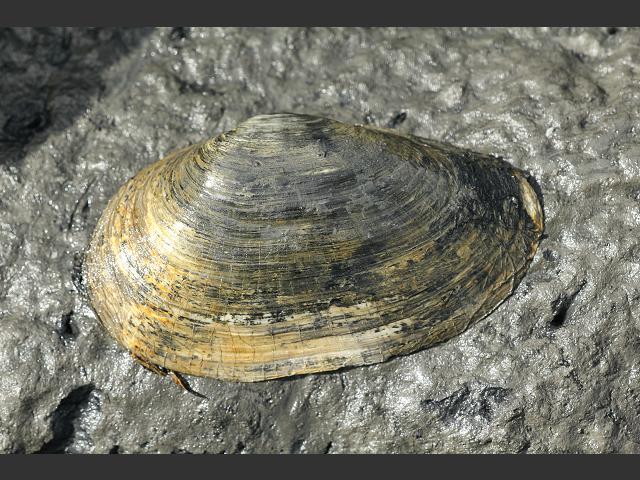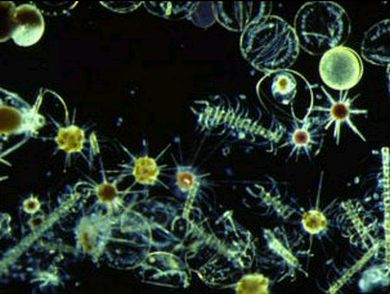As has been mentioned before, humans have a heavy impact on estuaries. Currently, estuaries are under threat from human activities such as pollution and overfishing. They are also threatened by sewage, coastal settlement, land clearance and much more. Estuaries are affected by events far upstream, and concentrate materials such as pollutants and sediments. Land run-off and industrial, agricultural, and domestic waste enter rivers and are discharged into estuaries. Contaminants can be introduced which do not disintegrate rapidly in the marine environment, such as plastics, pesticides, and heavy metals.
Such toxins can accumulate in the tissues of many species of aquatic life in a process called bioaccumulation. They also accumulate in benthic environments, such as estuaries and bay muds: a geological record of human activities of the last century.
For example, Chinese and Russian industrial pollution, such as phenols and heavy metals, in the Amur River have devastated fish stocks and damaged its estuary soil.
Estuaries tend to be naturally eutrophic because land runoff discharges nutrients into estuaries. With human activities, land run-off also now includes the many chemicals used as fertilizers in agriculture as well as waste from livestock and humans. Excess oxygen depleting chemicals in the water can lead to hypoxia and the creation of dead zones. It can result in reductions in water quality, fish, and other animal populations.
As mentioned previously, overfishing also occurs. Chesapeake Bay once had a flourishing oyster population which has been almost wiped out by overfishing. Historically the oysters filtered the estuary's entire water volume of excess nutrients every three or four days. Today that process takes almost a year, and sediment, nutrients, and algae can cause problems in local waters. Oysters filter these pollutants, and either eat them or shape them into small packets that are deposited on the bottom where they are harmless. Without oysters, humans would be in a crisis in the future.
Estuaries are unique in many ways: The Indians called the estuary "Between-Land", and the mixture of fresh and saline water is a unique combination. However, what I feel makes an estuary special is its resistance to change. Estuaries are constantly evolving environments. This constant change means that the entire estuary ecosystem must maintain a dynamic, rather than static, equilibrium. It is this ability to handle change that makes estuaries unique. A hurricane has devastating consequences for coastal ecosystems such as estuaries as well as for residents of coastal areas. But like people, the estuary ecosystem rebuilds itself; plants establish new territory, mud dwelling creatures move to accommodate new sediments or longer periods of overlying fresh water, and fish swim further downstream to spawn.
This is what makes an estuary beautiful, and necessary to protect. If even the hardy estuary is at risk from human impacts, than maybe we should all think about how to protect the environment. From the colorful coast of the Amazon, to the cold beauty of the Gulf of St. Lawrence, and the quiet grace of Chesapeake Bay, estuaries are truly wonderful places.
89°19'33.16"S
60° 5'44.22"W
(Moon)



























